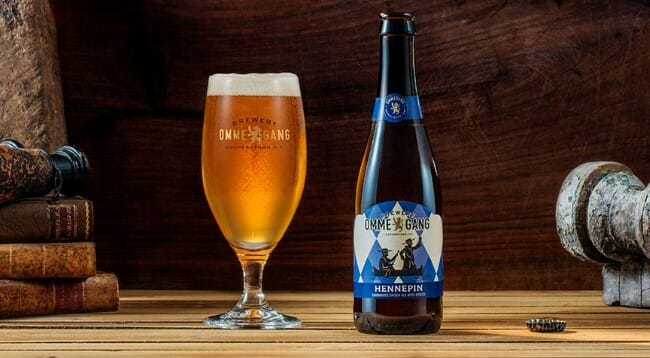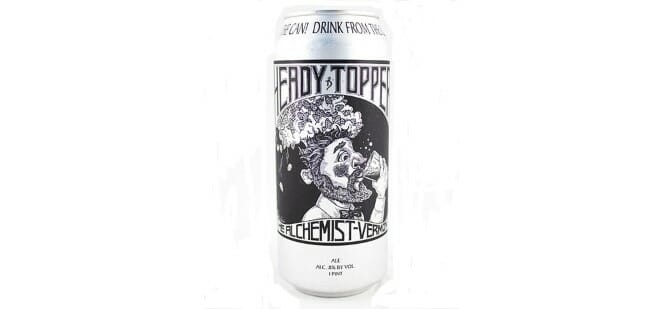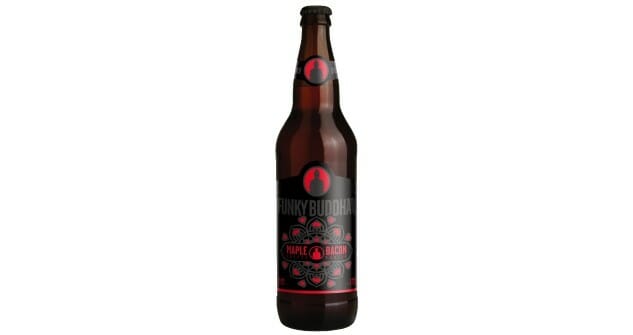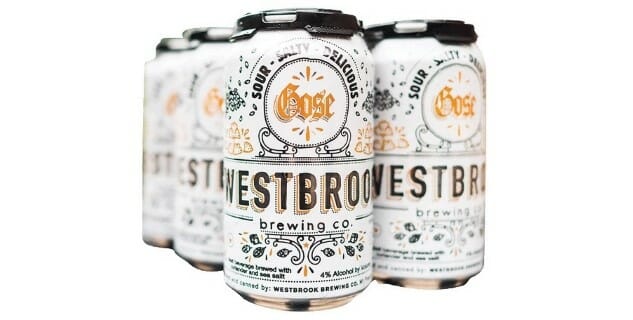Five Beers That Were Far Ahead of Their Time
Photos via Victory Brewing Co., The Alchemist, Brewery Ommegang, Funky Buddha, Westbrook Brewing Co.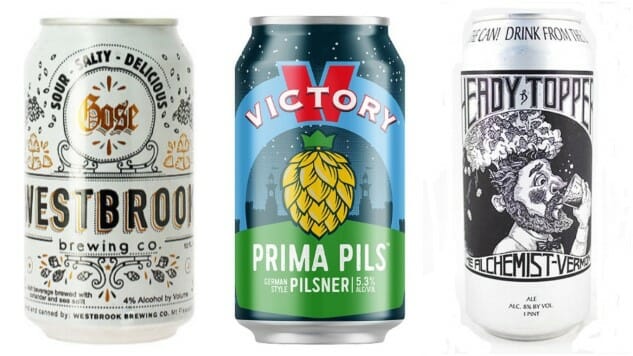
Hindsight bias, also referred to in a more academic sense as creeping determinism (which sounds much more push-your-glasses-up-the-bridge-of-your-nose nerdy), is by no means a concept we can apply toward only political science and economics. The phenomenon refers to the tendency that humans have to look back on significant events from the past—to look in hindsight—and erroneously assume that it should have been easy to perceive those sea-change events coming. It’s a fallacy because of the way we as a species commonly overrate our awareness of what is actually happening around us at any given time—turns out it’s much harder to determine that events are important as they’re happening. And that goes for craft beer, just as much as it goes for anything else.
The evolution of beer styles, and of fads within the craft brewing industry, moves in fits and spurts. Where some styles have persevered relatively unchanged for decades, for instance, others have seen themselves totally upended by an offshoot of that style that gradually comes to dominate the conversation. Others flare to life, come into vogue within the blink of an eye, and then recede into the background once more. To say it’s obvious what outcome a new fad will have in its moment of upswing is more than a little absurd—look no further than something like session IPA, which was hailed as representative of a “health conscious” popular movement five years ago, only to fade away and now return again in the guise of “low-cal” IPA. Or black IPA, which achieved near universal saturation for a year or two before returning to niche status. At the top of the crest, there’s rarely a clear indication that the pullback is coming.
And what that means, in the end, is that we must use a bit of hindsight to determine which beers truly did represent the emergence of something new and significant. Each of these five selections fits that description: They are beers that came into a well-defined scene and provided a shot of inspiration, pushing the style in the direction of something that is now considered ubiquitous. It’s not that they necessarily invented new styles; rather, they provided early examples of offshoots that would explode in popularity in the years to follow, or helped convince American drinkers to give something new a chance.
In their own way, each of these beers has been truly impactful. They’re presented below in chronological order.
Victory Brewing Co. Prima Pils
First Brewed: 1996
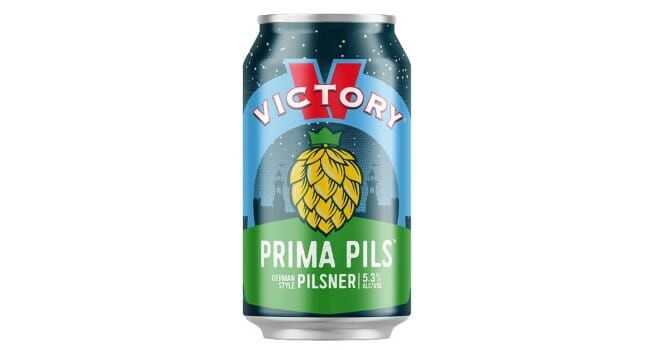
For the vast majority of the 1980s, 1990s and 2000s, the craft beer industry largely and most vociferously tended to define itself by what it wasn’t—purveyors of industrial lager. Proper German pilsner, that most noble of all lager varieties, was never some kind of flawed style—properly made, it’s one of the most deeply satisfying beer styles in the world, in my own humble opinion. But the word “pilsner” had been put through the ringer in 20th century America, degraded and watered down (literally) through decades of being slapped across beers that bore no resemblance to the style’s historical roots. As such, we’re on the record in not minding the occasional Miller Lite, with that particular beer scoring well in our blind tasting of cheap macro lagers, but the word “pilsner” has no business of coming within a mile of a can of the stuff. It’s about as “pilsner” as Salisbury is “steak.”
It was a bold choice, then, for Victory Brewing Co. to start slinging authentic German pilsner as far back as 1996, in a time when American drinkers would have associated that word almost exclusively with bland macro lager. Even among the craft beer cognoscenti, actual pilsner was an unusual novelty, the sort of thing that your friend who visited Germany might rave about, leaving you wondering whether it was simply bias that made him proclaim that “the beer over there is better.” But in reality, he simply knew what real pilsner was all about, which is European noble hops. And with the arrival of Prima Pils, fans of Victory began to discover the same for themselves.
Real German pilsner (and Czech pils, and all the other adjacent styles) is a vivacious beer style, punchy and aromatic, with striking impressions of florals, herbal notes and spice, balanced by crisp German malt. Compared to the macro beers labeled as “pilsner,” Prima Pils was both explosively flavorful and confoundingly bitter, while also being more assertively malty at the same time. It certainly fit the American craft beer ethos: Amp up the flavor, and let the more adventurous tasters discover it for themselves.
And the years that have followed showed Victory to be right—if you give the people proper pilsner, they’ll flock to it. In its wake, Prima Pils created a trickle, and then an eventual flood of American-made but historically reverent pilsners that have helped to reclaim the very term “pils” from ignominy. And although the recipe itself for Prima Pils has been tweaked over the years, it’s still a deeply respected cornerstone of Victory’s business. Suffice to say, its brewers would likely have been shocked in 1996 to know just how influential it would ultimately be to the 2010s craft lager revival.
-

-

-

-

-

-

-

-

-

-

-

-

-

-

-

-

-

-

-

-

-

-

-

-

-

-

-

-

-

-

-

-

-

-

-

-

-

-

-

-

